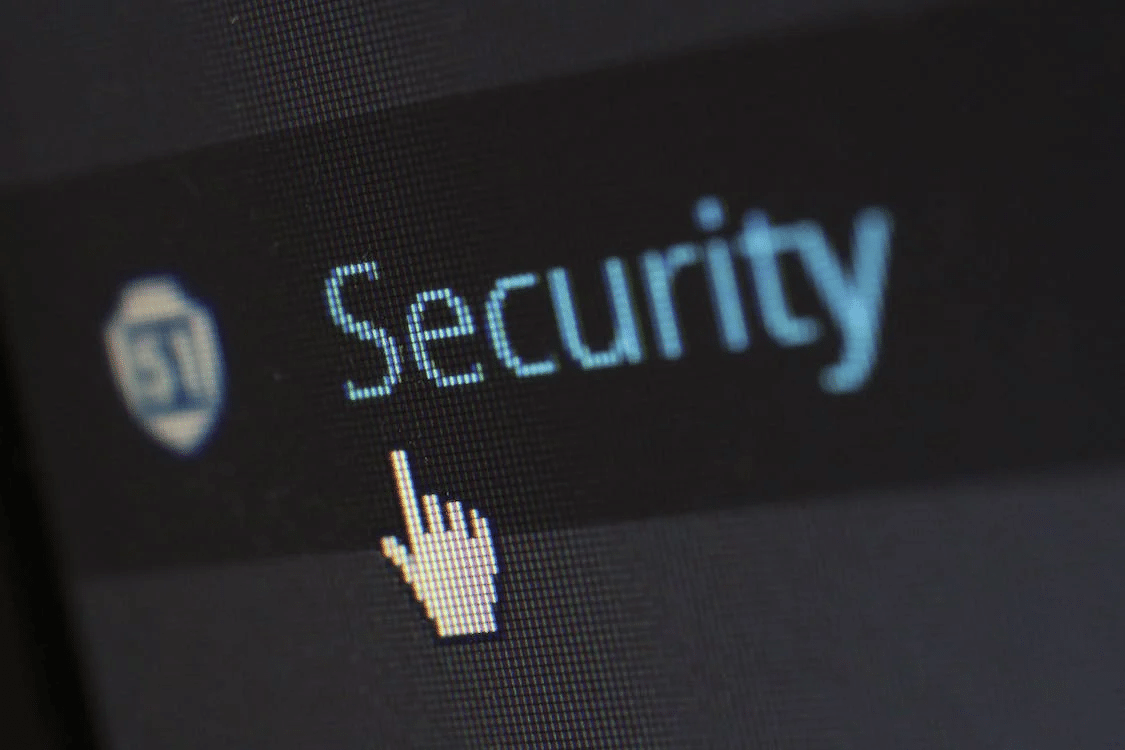In the digital age, cybersecurity is not a mere luxury or afterthought, but a vital necessity for businesses large and small. Data breaches, identity theft, and other forms of cybercrime can have devastating consequences, resulting in substantial financial loss, reputational damage, and, in some cases, causing businesses to shutter their doors permanently. For business owners, understanding the crucial aspects of cybersecurity is imperative.
This article will explore six essential components of cybersecurity that every business owner should be cognizant of, imparting practical advice and insights to help you fortify your digital defenses.
1. Understanding the Threat Landscape
The first step in cybersecurity is understanding the risks. Cyber threats can come in many forms, including malware, ransomware, phishing, and Distributed Denial of Service (DDoS) attacks. Now, dealing with cybersecurity risk is not merely a matter of blocking malicious emails or installing antivirus software. It entails assessing the specific threats relevant to your business and implementing measures that are tailored to address those risks. Consulting with cybersecurity professionals can help you identify and mitigate vulnerabilities before they become serious problems.
Moreover, staying abreast of the latest developments in the cybersecurity realm can help you identify potential threats and prepare accordingly.
2. Employee Training is Key
It’s crucial to provide regular training to ensure they understand the risks and know how to identify and report potential threats. Employees should be educated on topics like secure password practices, phishing scams, and handling sensitive data. It’s also important to ensure employees understand the importance of using two-factor authentication when accessing sensitive accounts. Taking these steps can help you protect against insider threats and malicious actors from outside your organization.
3. Invest in Secure Technology
Secure technology doesn’t just act as a defensive barrier, it can also alert us to potential threats and breaches in real-time. It’s essential to invest in secure servers, an encrypted network, firewalls, antimalware, and anti-ransomware solutions as well as use secured Wi-Fi for business transactions. Regularly updating these systems is equally important as vulnerabilities are often found in outdated software. Employing secure cloud storage solutions can also help protect data by providing offsite storage and backup in case of a physical disaster or cyber attack.
Remember, skimping on your cybersecurity technology isn’t saving, but rather setting your business up for potential catastrophic loss. It’s a case of “pay now” or “pay a lot more later”.
4. Regular Updates and Patches
Out-of-date software can be a significant security risk. Regularly update and patch all software to protect against known vulnerabilities. One of the most effective ways to ensure regular updates is using an automated patch management solution, which can help you identify and deploy updates quickly and efficiently. Additionally, make sure all software licensing is kept up-to-date as obsolete software can be a gateway for malicious actors. On the other hand, staying on top of your updates can help save your business from incurring substantial costs and lost productivity.
5. Have a Response Plan
Despite your best efforts, breaches can still occur. Have a response plan in place to minimize damage and recover quickly when they do. An effective response plan should involve a team of professionals who can help you assess the nature and extent of the breach and develop a strategy for containing it. It should also include clear steps that need to be taken in the event of a breach, such as notifying impacted individuals, providing corrective action, and restoring systems. It’s important to regularly review your plan and update it as necessary. Of course, having an incident response plan in place won’t prevent a breach from occurring, but it can help minimize the damage and get your business back on track more quickly.
6. Legal Compliance
There are numerous laws and regulations related to cybersecurity, such as the GDPR in the European Union. Ensure you understand and comply with all relevant regulations to avoid hefty fines and legal issues. It’s important to review your legal obligations regularly and update your cybersecurity policies accordingly. Consult with legal professionals when necessary to ensure you remain compliant with all applicable laws. Furthermore, investing in cyber liability insurance can help protect your business from the substantial financial costs that can occur due to a data breach.
Cybersecurity is an ever-evolving landscape and staying on top of it takes dedication and effort. However, if you follow the advice presented here, you’ll be better prepared to deal with potential threats and minimize losses in case of a breach. Take the time to understand the risks and implement measures tailored to your business, so you can protect yourself against cyber threats. With the right tools and knowledge, you’ll be able to safeguard your business and keep it running smoothly in today’s digital age.
